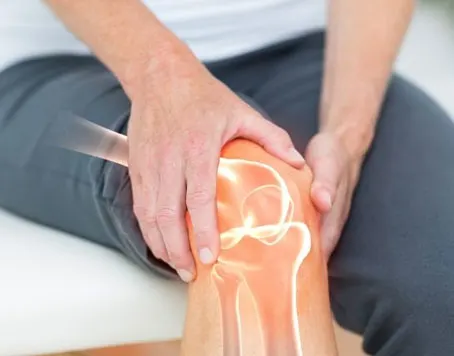Non-Union/Delayed Union Fracture
Nonunion is a serious complication of a fracture and may occur when the fracture moves too much, has a poor blood supply or gets infected. Patients who smoke have a higher incidence of nonunion. The normal process of bone healing is interrupted or stalled. More commonly the tissue between the un-united fragments is scar tissue.
Since the process of bone healing is quite variable, a nonunion may go on to heal without intervention in a very few cases. In general, if a nonunion is still evident at 6 months post injury it will remain unhealed without specific treatment, usually orthopedic surgery. A non-union which does go on to heal is called a delayed union.

Determining the cause of a nonunion is critical to determining the proper treatment. The most common causes of nonunion are:
The primary bone-forming cell in the body is the osteoblast and its precursor is the MSC. Bone formation occurs as the extracellular matrix, which is produced by the osteoblast, becomes mineralized. Osteoprogenitors refer to all the cell stages stemming from Mesenchymal stem cells up to the osteoblast. This naturally occurring differentiation process is regulated by a series of naturally occurring proteins, or growth factors, that eventually guide the MSC to form osteoblast.

